

Max Davies
2025 Toyota Corolla SX review
5 Days Ago
Aston Martin’s first SUV has to be a hit if the company is to enjoy much of a future. Thankfully, initial impressions are positive.
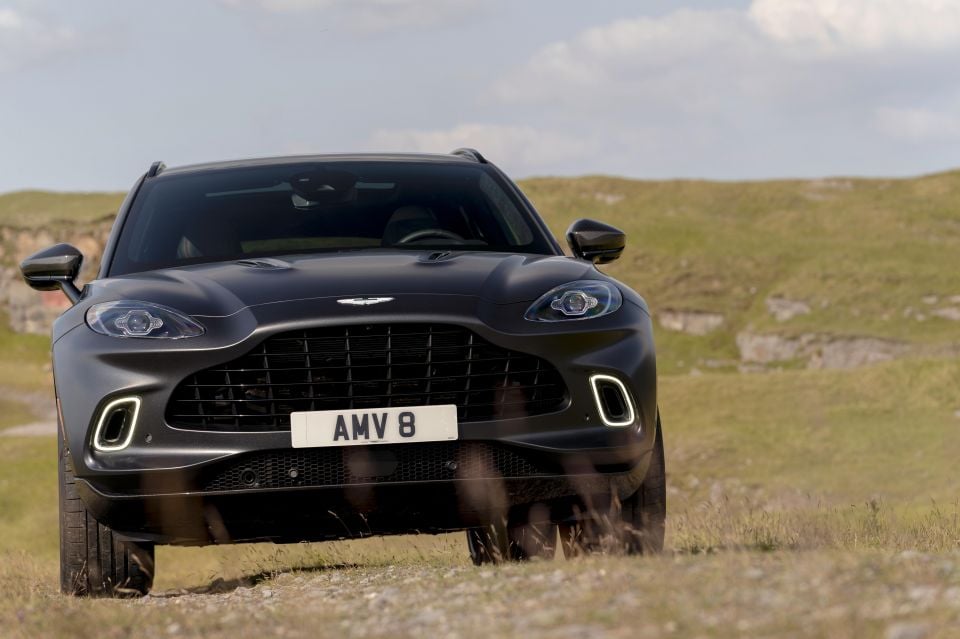
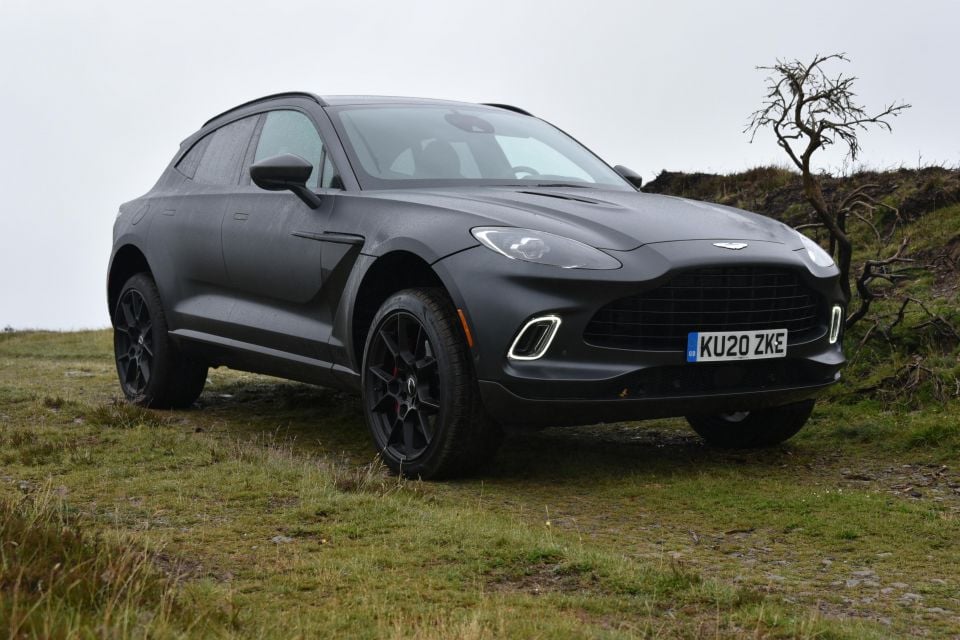

Contributor

Contributor


Contributor

Contributor
Where expert car reviews meet expert car buying – CarExpert gives you trusted advice, personalised service and real savings on your next new car.
Andy Palmer ordered work on developing the DBX to start within days of starting as Aston Martin CEO.
But the former Nissan executive didn’t survive in the big boss role for long enough to see the English sports car maker’s first SUV hit the market, forced out earlier this year on the back of a collapsing share price and falling sales of the brand’s traditional sports cars.
Having posted a loss of £227m ($412m) during the first six months of the year, Aston desperately needs the production DBX, which we’re driving here for the first time, to be a success.

It certainly seems like a smart thing to do. Palmer pressed the green button before the Bentley Bentayga or Lamborghini Urus had been introduced, and although all three beat it to market, they’ve proved that there is strong demand for their combination of style and utility.
Mega-rich buyers clearly love SUVs too. But is the DBX going to be good enough to beat the already established rivals?
The Aston Martin DBX is set to start at $357,000 before on-road costs, putting it in direct contention with the Bentley Bentayga and Lamborghini Urus.
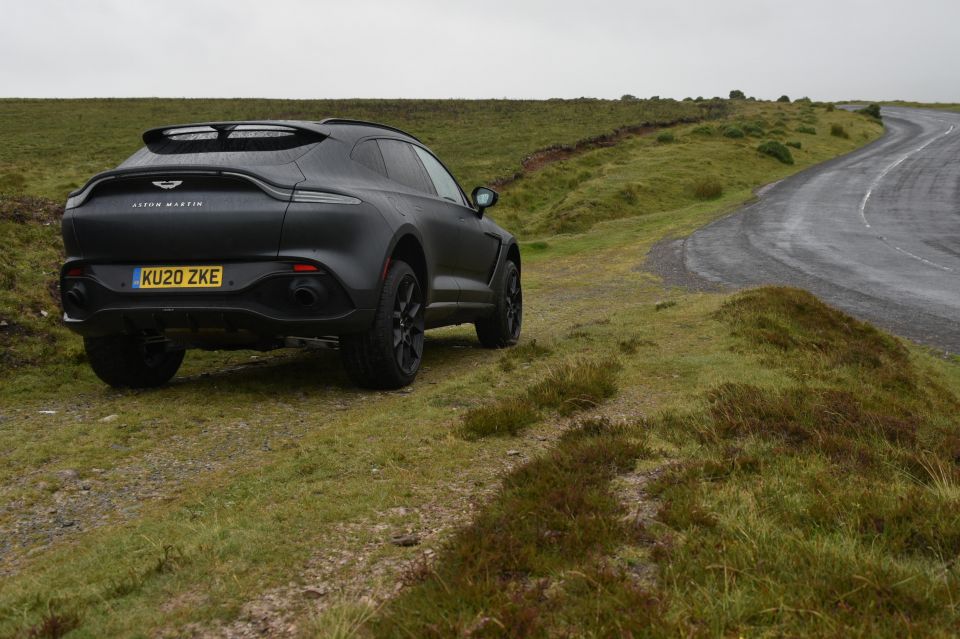
The big challenge for buyers wanting to join the list now is the need to wait to take delivery, with Aston Martin telling us back in March that the waiting list is over six months.
While there are plenty of opportunities for buyers to tick expensive options boxes and customise their DBX, Aston Martin has decided to offer both a high level of standard kit, and to ensure that all versions will get the same basic dynamic package.
That means air springs, a trick 48V electric active anti-roll system, and a torque biasing rear differential come as standard on all models. There is also only one powertrain from launch, the familiar Mercedes-AMG 4.0-litre twin-turbo. So there’s no need to stress about the mechanical package.
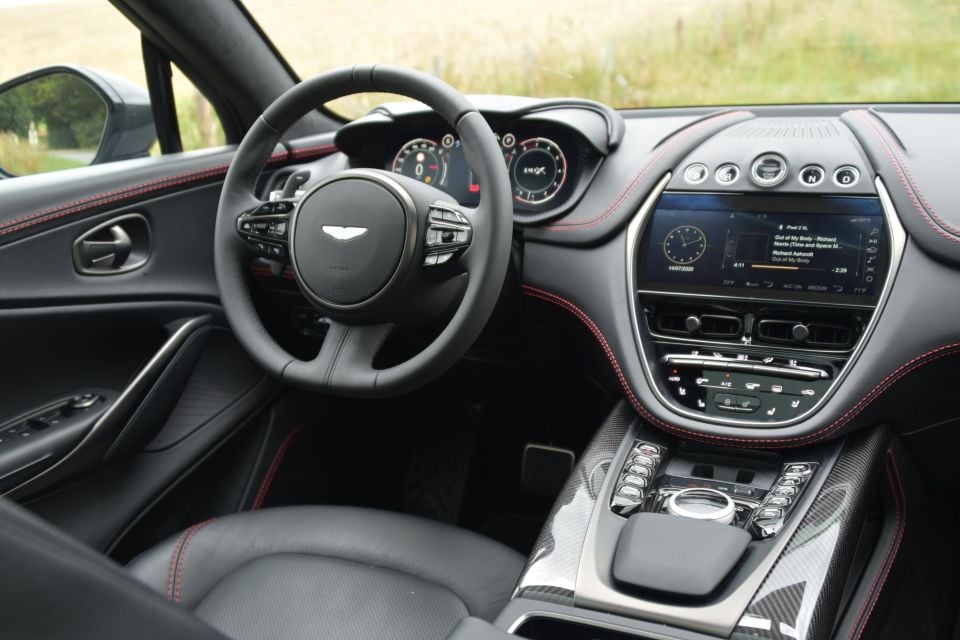
Standard equipment is also plentiful. Highlights include a standard panoramic glass roof and 800 watt premium audio system, twin display screens, all-LED exterior lighting, headlights with automatic high-beam, and 21-inch wheels.
Extra-cost upgrades are mostly associated with trim and finish, including plusher leathers for the seats, contrast stitching for trim (or embroidered seat logos), various types of wooden and carbon veneer, and an external carbon fibre trim pack.
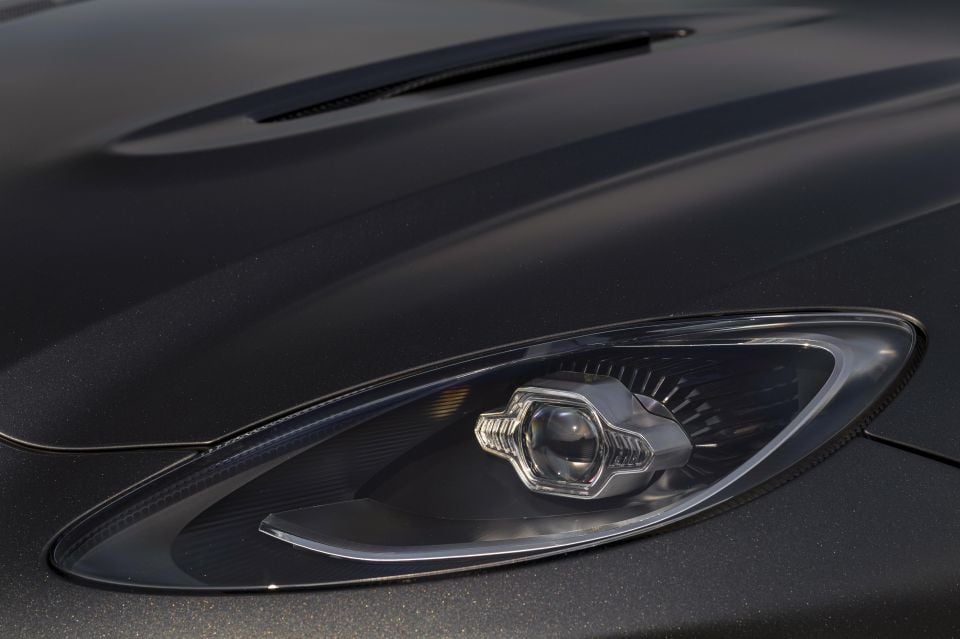
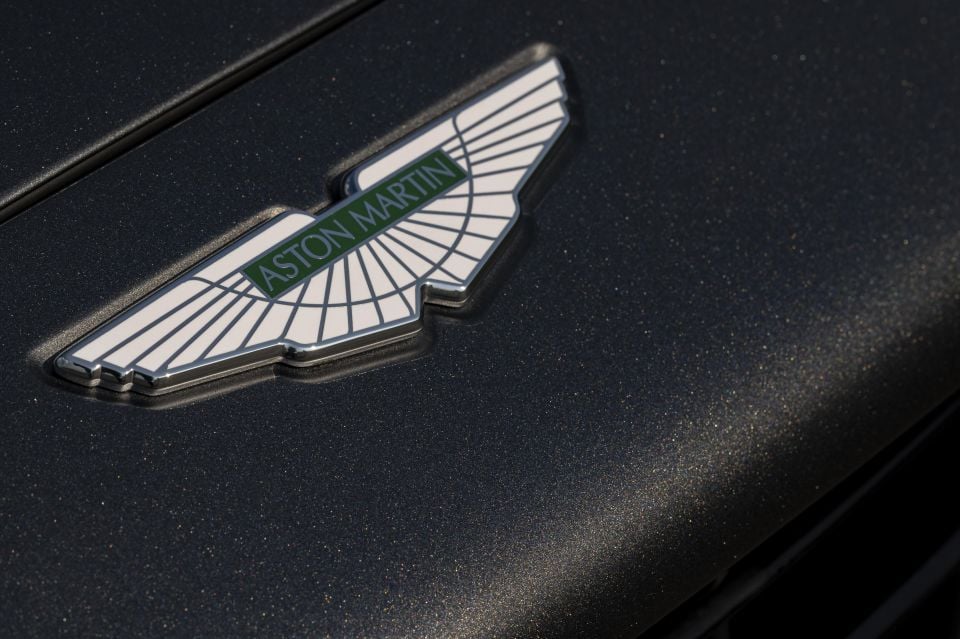
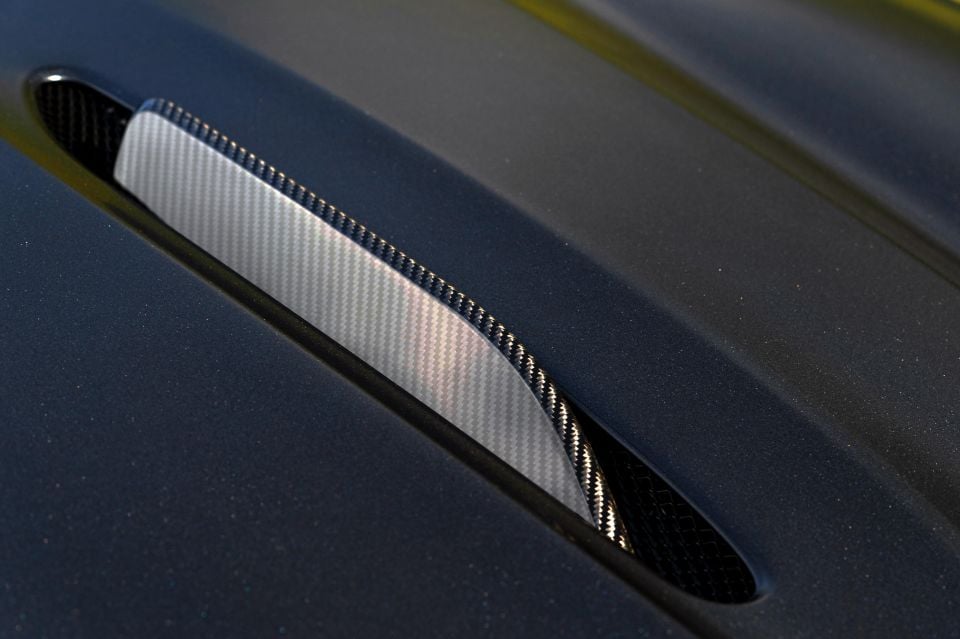
One intriguing option is that of a tow bar, the DBX being the first Aston offered with one as a factory option. Under European methodology, it can haul up to 2700kg – that’s enough to pull a DB5 on a trailer.
No Euro NCAP scores are available from launch, although Aston Martin is keen to emphasise the huge strength of the bespoke bonded aluminium platform that the DBX is built around.
Standard safety equipment includes the basics, with active systems including AEB, lane departure warning, rear cross traffic alert and blind-spot monitoring.
Aston has opted to try and make the DBX’s cabin feel more like those of its traditional sports cars than a normal SUV. In that, it’s been pretty successful.
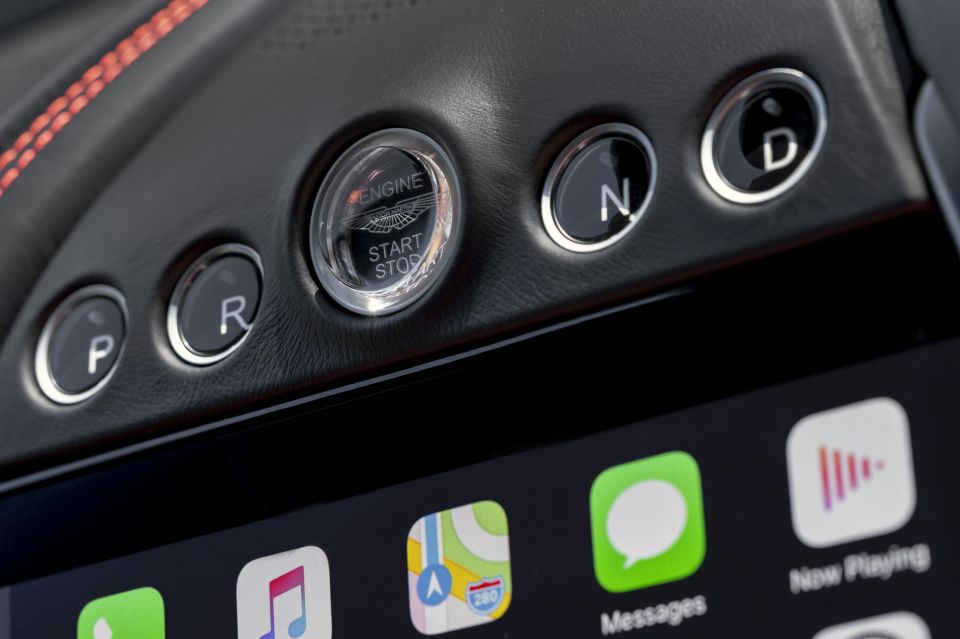
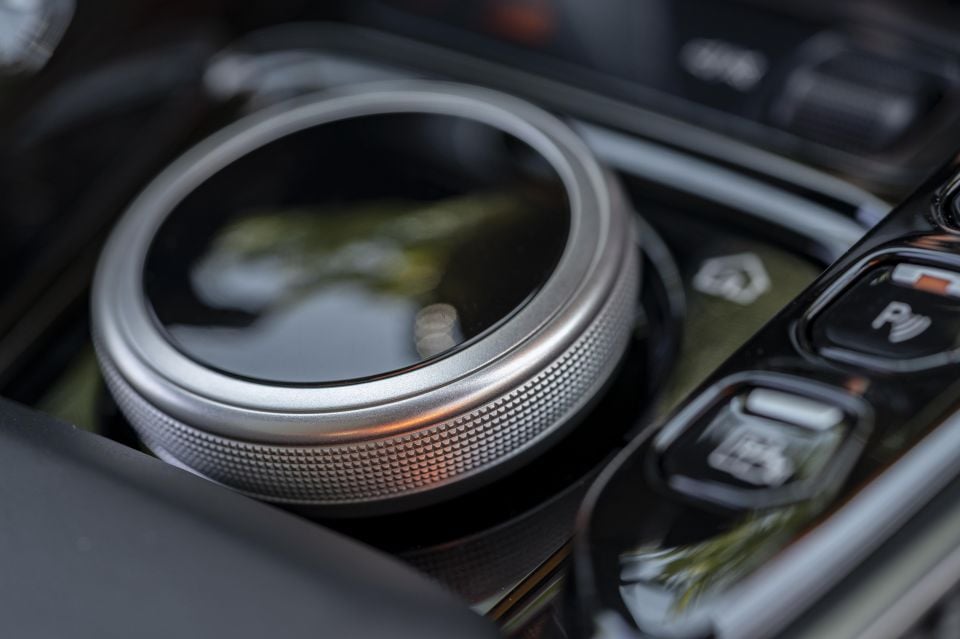
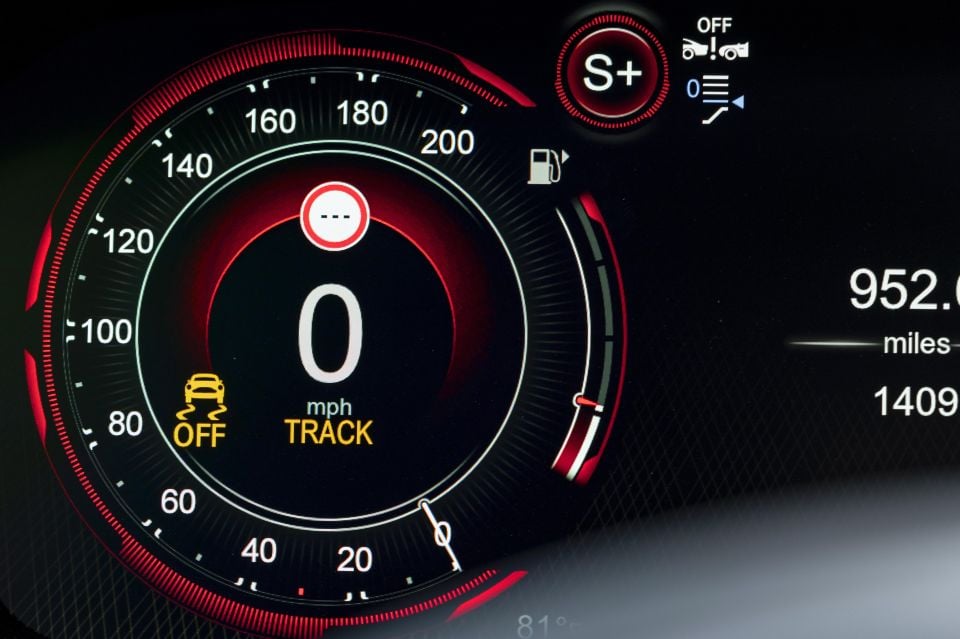
The natural seating position is lower and more reclined than is normal in something so large, the front seats sharing their frames with the DB11, and the dashboard has a similar look and architecture.
Space is good for both front and rear seat passengers, it is much roomier in the back than the cramped DB9-based Rapide sedan, and the 632-litre boot is generously proportioned and easily accessed as there is no tailgate lip.
Fit and finish is as good as you would expect at this price point, although much of the switchgear comes from Mercedes-Benz – the DBX using Daimler’s version of Bosch electrical architecture.
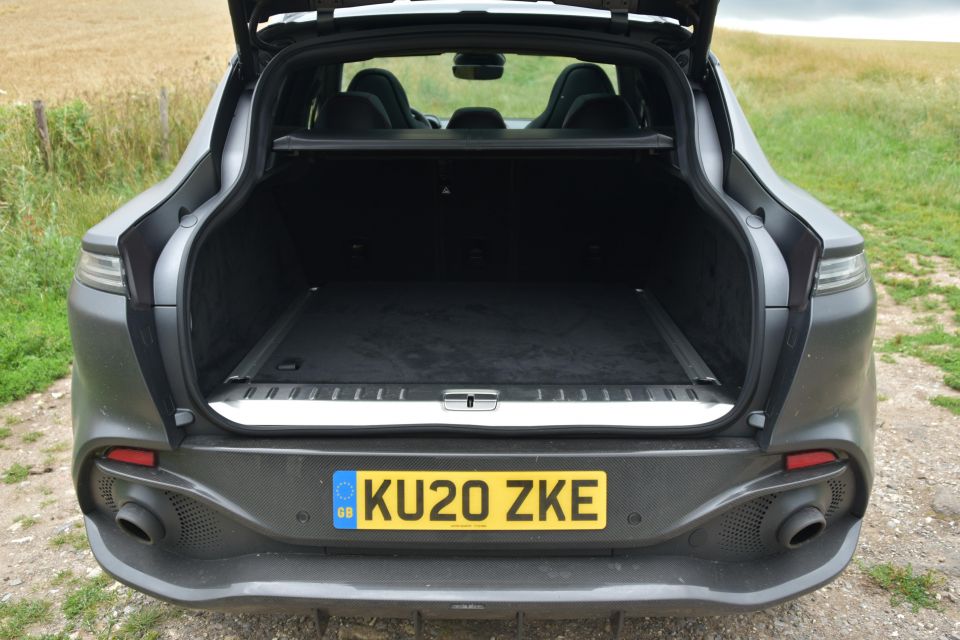
Unfortunately Aston Martin’s deal doesn’t include the latest gear, with the DBX’s infotainment being based on the last-generation Mercedes system, so the 12.3-inch screen in the dashboard isn’t touch sensitive and requests need to be made by through the input pad between the front seats.
The DBX uses the Mercedes-AMG 4.0-litre twin-turbo V8 as seen in every ‘63’ level AMG product for several years, and which also features in the Aston Martin Vantage and DB11.
It makes 405kW of power, which is less than it gets to in its pure AMG applications, but there is a still a serious 700Nm of torque across a flat plateau from 2200rpm to 5000rpm.
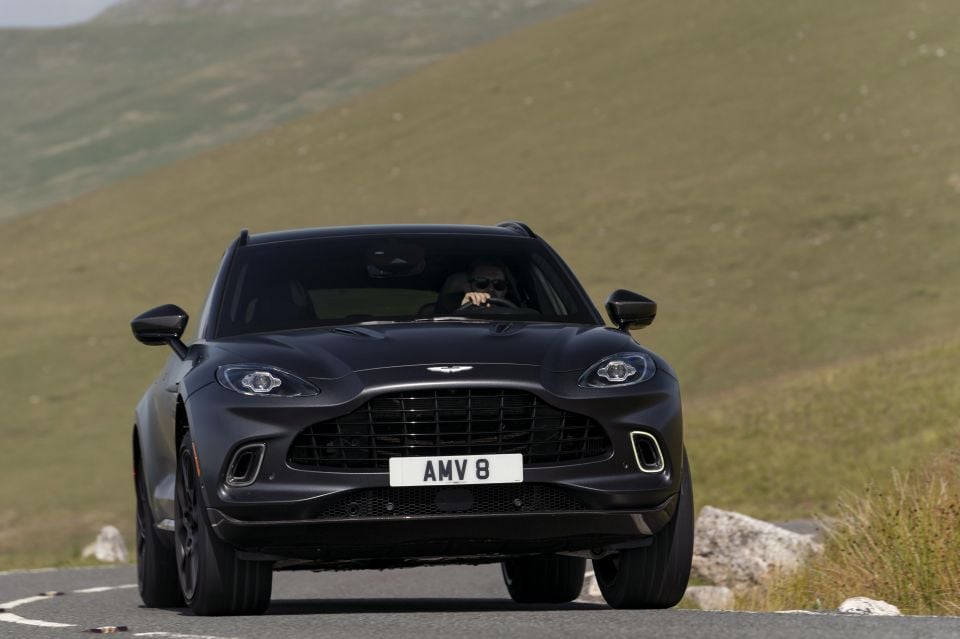
Transmission is a nine-speed torque converter automatic which sends drive to each corner through both a central coupling shuffling torque forwards, and a torque-biasing rear axle that uses a pair of electronically-controlled clutch packs.
The DBX isn’t the quickest car in its mega-powered segment, but it could well prove to be the best to actually drive.
The use of standard active anti-roll has allowed soft settings for the standard air springs which, in combination with no-nonsense dampers and generous wheel travel, are able to deal with broken road surfaces with amazing composure.
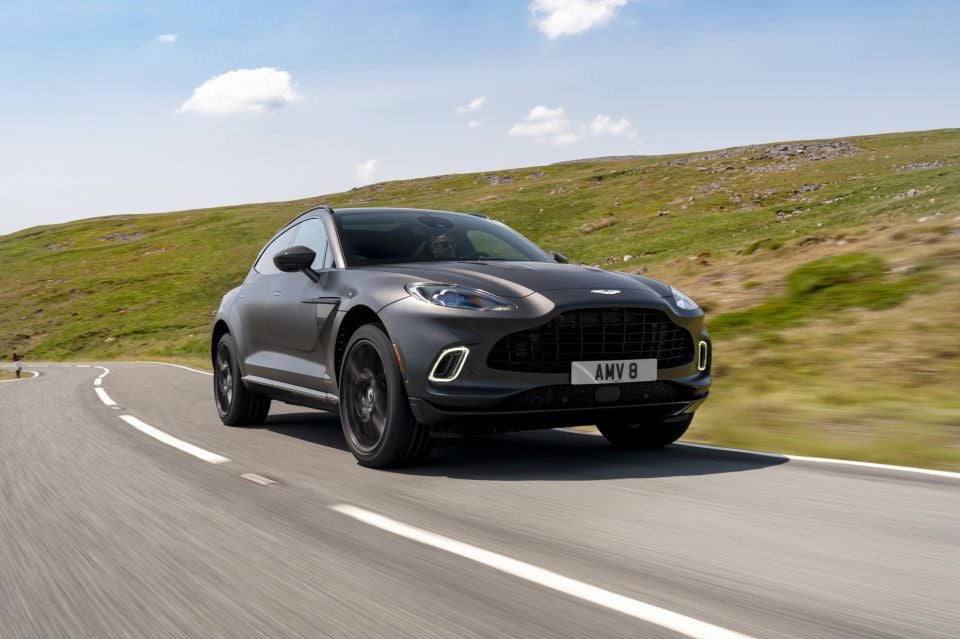
Similarly the clever all-wheel drive system finds impressive traction but also works to sharpen DBX’s cornering responses; in the car’s ‘Sport’ and ‘Sport Plus’ modes it feels increasingly rear driven, without becoming wayward even in low-grip conditions.
The engine sounds good when extended, and produces an impressive level of shove when fully unleashed, but it actually impresses more under gentle use thanks to the effortlessness of its mid-range. With plush refinement and an always pliant ride the DBX’s natural cruising pace is a rapid one, be warned.
It’s also surprisingly adept off-road, in the unlikely event that matters.
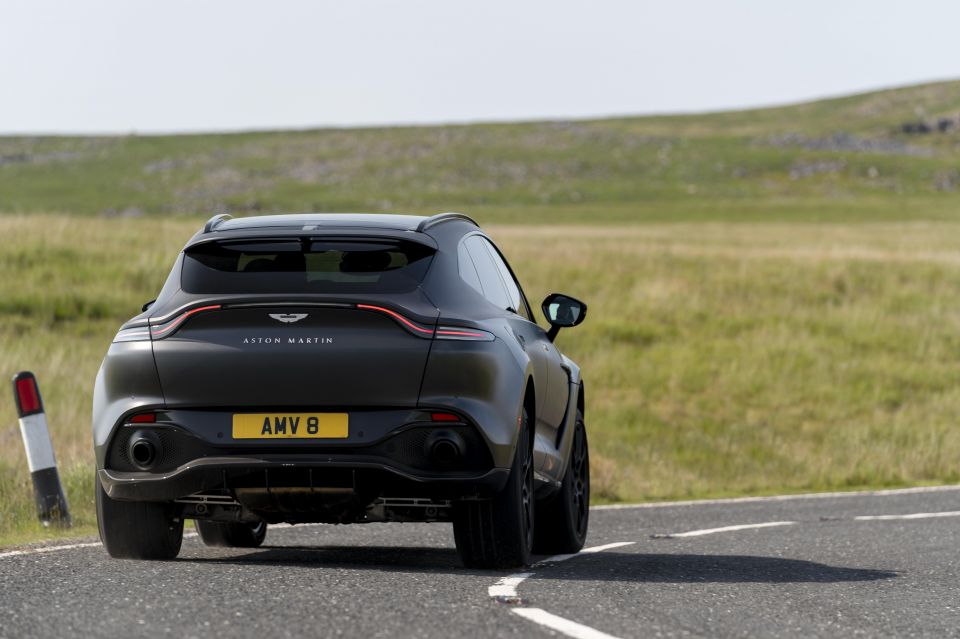
There are two ‘Terrain’ modes for the vehicle dynamics, with the more aggressive Plus mode increasing the height of the air springs by 50mm and allowing the DBX to maintain separation over rough tracks, the smart all-wheel drive helping it to scramble up slippery inclines even on Pirelli P-Zero tyres.
Nobody comes to this part of the market expecting serious economy, but we were still a bit disappointed by the DBX’s appetite for fuel. Over the course of 550km in the UK, most of which was motorway cruise, it managed the equivalent of just 18.8 litres/ 100km.

That’s unlikely to be a deal breaker and it is likely to do better at the lower speeds possible in most of Australia, but it does limit the range of the 85-litre fuel tank.
The DBX is exactly the car that Aston needs right now, it’s no exaggeration to say that it might even save the company. It looks stunning and manages to deliver an impressive amount of brand-appropriate sports car experience for something so tall and heavy.
It’s an Aston Martin that happens to be an SUV, rather than an SUV pretending to be an Aston Martin.
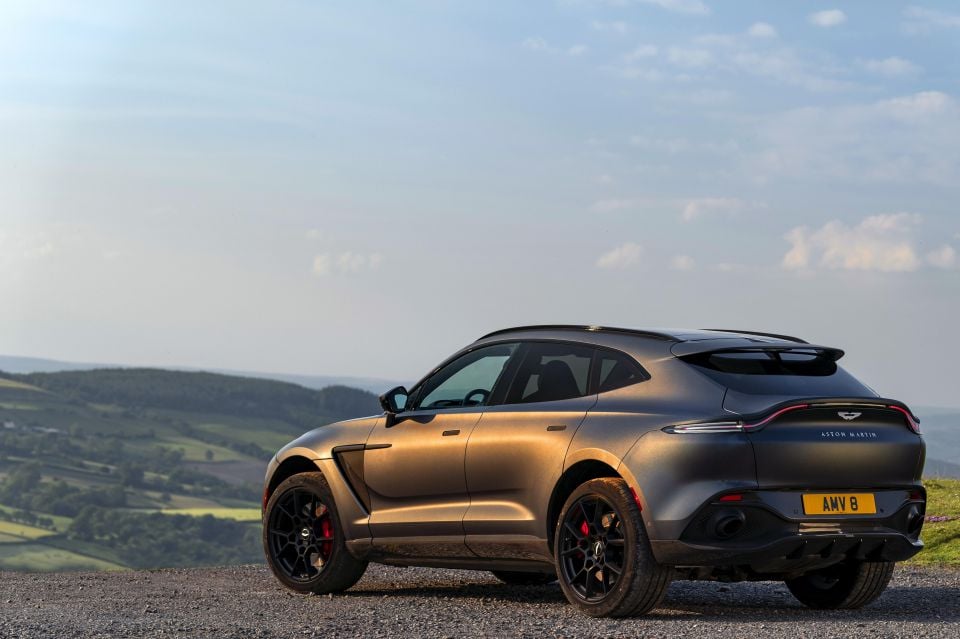
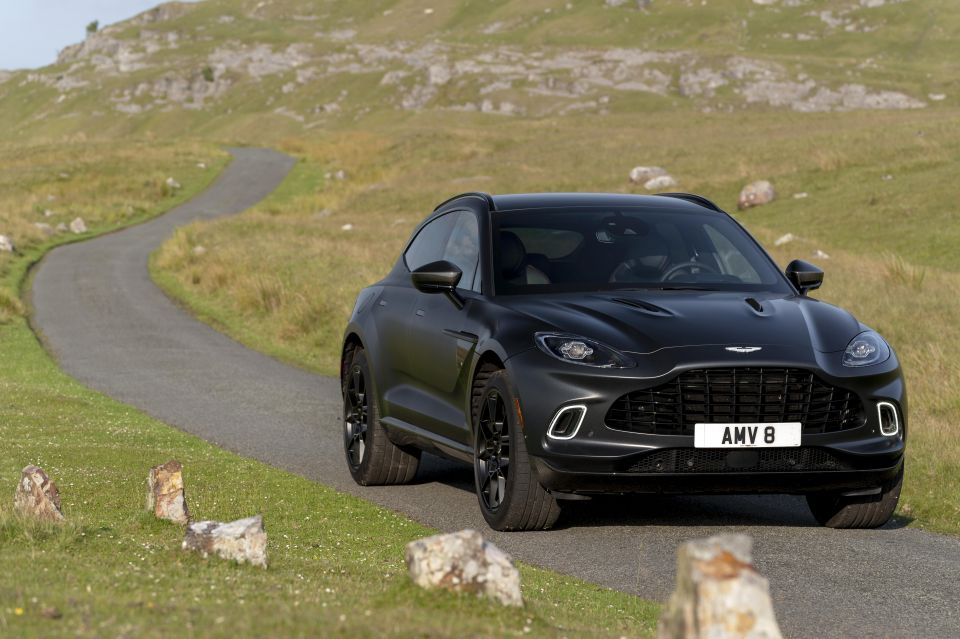
Where expert car reviews meet expert car buying – CarExpert gives you trusted advice, personalised service and real savings on your next new car.


Max Davies
5 Days Ago


James Wong
4 Days Ago


James Wong
3 Days Ago


Max Davies
2 Days Ago


James Wong
16 Hours Ago
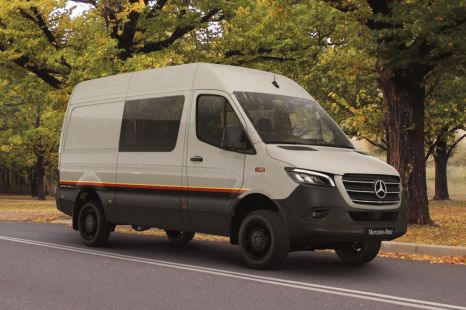

Marton Pettendy
16 Hours Ago